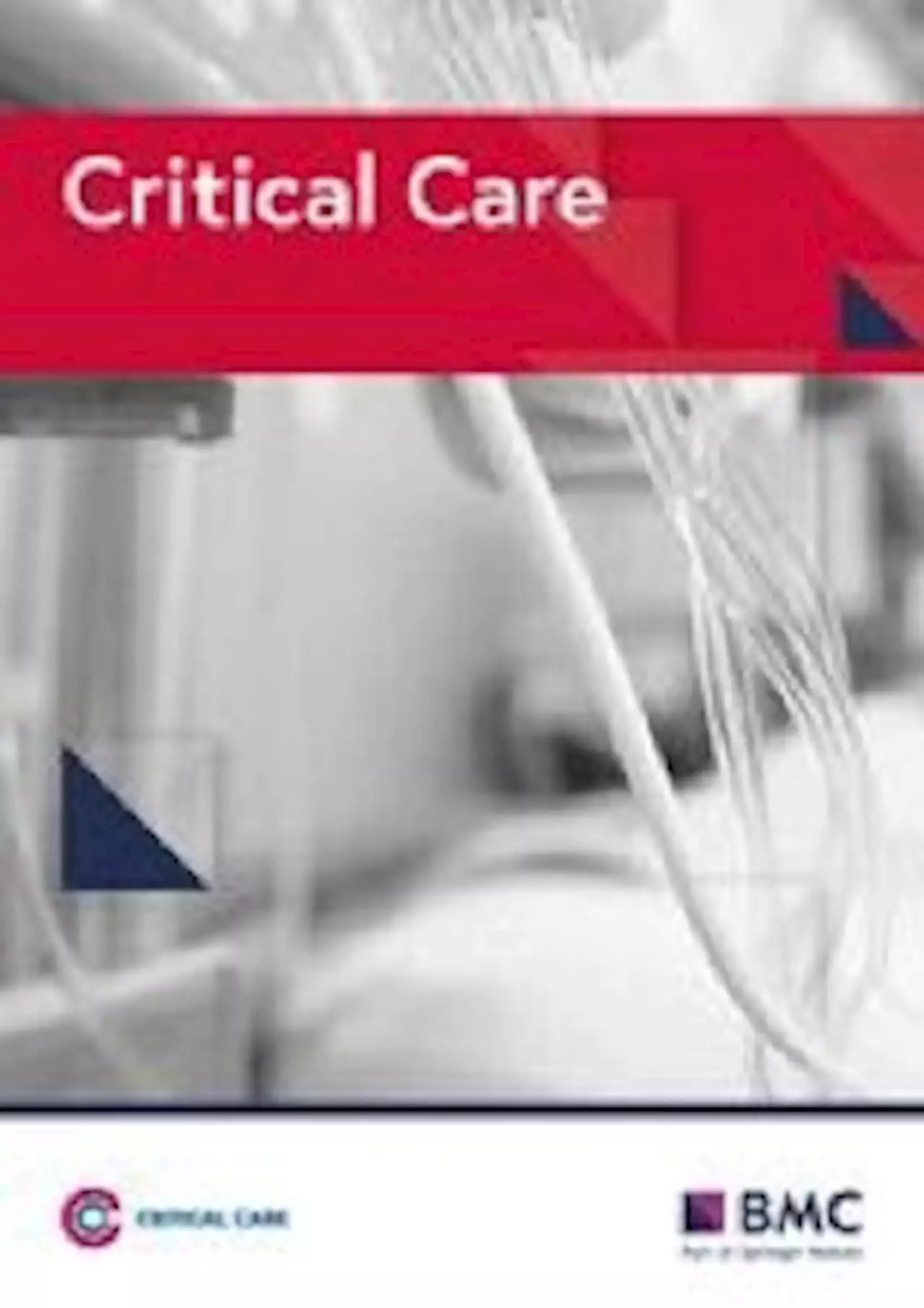Two epidemiologists explain why you'll be getting many COVID-19 boosters in the years ahead
effectiveness against infection. Then came the variants. The wave after wave of new variants, with ever-increasing transmissibility and capacity to escape existing immunity, challenge the ability of vaccines to prevent infection and transmission. The effectiveness of a primary series of mRNA vaccines to prevent hospitalization and death is also being chipped away by these highly immune-evasive variants. Vaccine-mediated protection became shorter-lived, especially with the emergence of.
require multiple doses—5 doses for , 4 doses , or 3 doses are all commonly given before the age of 18 years. These doses are required and not considered optional to achieve immunity. In, many of these vaccines need periodic booster doses to maintain immunity. The influenza virus requires annual vaccination doses for all ages. Yet, people don’t complain about having to get their 60th dose of the influenza vaccine. We should think of COVID-19 vaccines the same way.
Why do we need booster doses? The primary series of vaccines kick-starts the immune response by engaging lymphocytes, white blood cells that detect specific features of the pathogen to expand in numbers and become instructed to eliminate the pathogen. Most of these cells disappear over time, except for a small subset of cells that are kept by the body for future use. These “memory cells” are responsible for long-lasting immunity against a given pathogen.
The primary series can be thought of as the high school for lymphocytes, where naïve cells receive basic instructions to learn about the pathogen. Boosters are like a college where lymphocytes are further educated to become more skilled and mature, to fight off future infections. Periodically, these college graduates need refreshers by more booster doses given later in life. This is the case for all vaccines.
COVID-19 vaccines also need booster doses for the same reasons. We need to educate, maintain, and improve T and B cell responses to prevent severe disease. Boosters provide significant benefits to people who received the primary series in preventing hospitalization and death. In the U.S.
Österreich Neuesten Nachrichten, Österreich Schlagzeilen
Similar News:Sie können auch ähnliche Nachrichten wie diese lesen, die wir aus anderen Nachrichtenquellen gesammelt haben.
 Low rate of COVID-19 vaccination among high-risk pregnant womenLow rate of COVID-19 vaccination among high-risk pregnant women Coronavirus Disease COVID WomensHealth Pregnancy UpstateNews UMBaltimore LiebertPub
Low rate of COVID-19 vaccination among high-risk pregnant womenLow rate of COVID-19 vaccination among high-risk pregnant women Coronavirus Disease COVID WomensHealth Pregnancy UpstateNews UMBaltimore LiebertPub
Weiterlesen »
 The potential of circular RNA COVID-19 vaccinesThe potential of circular RNA COVID-19 vaccines Coronavirus Disease COVID RNA circularRNA mRNAvaccines WileyHealth
The potential of circular RNA COVID-19 vaccinesThe potential of circular RNA COVID-19 vaccines Coronavirus Disease COVID RNA circularRNA mRNAvaccines WileyHealth
Weiterlesen »
 What is the impact of lower COVID-19 vaccine doses in younger cohorts?What is the impact of lower COVID-19 vaccine doses in younger cohorts? UofCalifornia SARSCoV2 COVID19 Vaccine Children Adolescents
What is the impact of lower COVID-19 vaccine doses in younger cohorts?What is the impact of lower COVID-19 vaccine doses in younger cohorts? UofCalifornia SARSCoV2 COVID19 Vaccine Children Adolescents
Weiterlesen »
 What were the drivers of influenza decline during the COVID-19 pandemic?What were the drivers of influenza decline during the COVID-19 pandemic? medrxivpreprint Sorbonne_Univ_ SARSCoV2 COVID19 Influenza Pandemic
What were the drivers of influenza decline during the COVID-19 pandemic?What were the drivers of influenza decline during the COVID-19 pandemic? medrxivpreprint Sorbonne_Univ_ SARSCoV2 COVID19 Influenza Pandemic
Weiterlesen »
 Reduced desire for pregnancy during COVID-19 pandemicReduced desire for pregnancy during COVID-19 pandemic Coronavirus Disease COVID Pandemic Pregnancy WomensHealth JAMANetworkOpen UCSF UCBerkeley
Reduced desire for pregnancy during COVID-19 pandemicReduced desire for pregnancy during COVID-19 pandemic Coronavirus Disease COVID Pandemic Pregnancy WomensHealth JAMANetworkOpen UCSF UCBerkeley
Weiterlesen »
 Key characteristics impacting survival of COVID-19 extracorporeal membrane oxygenation - Critical CareBackground Severe COVID-19 induced acute respiratory distress syndrome (ARDS) often requires extracorporeal membrane oxygenation (ECMO). Recent German health insurance data revealed low ICU survival rates. Patient characteristics and experience of the ECMO center may determine intensive care unit (ICU) survival. The current study aimed to identify factors affecting ICU survival of COVID-19 ECMO patients. Methods 673 COVID-19 ARDS ECMO patients treated in 26 centers between January 1st 2020 and March 22nd 2021 were included. Data on clinical characteristics, adjunct therapies, complications, and outcome were documented. Block wise logistic regression analysis was applied to identify variables associated with ICU-survival. Results Most patients were between 50 and 70 years of age. PaO2/FiO2 ratio prior to ECMO was 72 mmHg (IQR: 58–99). ICU survival was 31.4%. Survival was significantly lower during the 2nd wave of the COVID-19 pandemic. A subgroup of 284 (42%) patients fulfilling modified EOLIA criteria had a higher survival (38%) (p = 0.0014, OR 0.64 (CI 0.41–0.99)). Survival differed between low, intermediate, and high-volume centers with 20%, 30%, and 38%, respectively (p = 0.0024). Treatment in high volume centers resulted in an odds ratio of 0.55 (CI 0.28–1.02) compared to low volume centers. Additional factors associated with survival were younger age, shorter time between intubation and ECMO initiation, BMI | 35 (compared to | 25), absence of renal replacement therapy or major bleeding/thromboembolic events. Conclusions Structural and patient-related factors, including age, comorbidities and ECMO case volume, determined the survival of COVID-19 ECMO. These factors combined with a more liberal ECMO indication during the 2nd wave may explain the reasonably overall low survival rate. Careful selection of patients and treatment in high volume ECMO centers was associated with higher odds of ICU survival. Trial registration Registered in the German Clinical Trials Re
Key characteristics impacting survival of COVID-19 extracorporeal membrane oxygenation - Critical CareBackground Severe COVID-19 induced acute respiratory distress syndrome (ARDS) often requires extracorporeal membrane oxygenation (ECMO). Recent German health insurance data revealed low ICU survival rates. Patient characteristics and experience of the ECMO center may determine intensive care unit (ICU) survival. The current study aimed to identify factors affecting ICU survival of COVID-19 ECMO patients. Methods 673 COVID-19 ARDS ECMO patients treated in 26 centers between January 1st 2020 and March 22nd 2021 were included. Data on clinical characteristics, adjunct therapies, complications, and outcome were documented. Block wise logistic regression analysis was applied to identify variables associated with ICU-survival. Results Most patients were between 50 and 70 years of age. PaO2/FiO2 ratio prior to ECMO was 72 mmHg (IQR: 58–99). ICU survival was 31.4%. Survival was significantly lower during the 2nd wave of the COVID-19 pandemic. A subgroup of 284 (42%) patients fulfilling modified EOLIA criteria had a higher survival (38%) (p = 0.0014, OR 0.64 (CI 0.41–0.99)). Survival differed between low, intermediate, and high-volume centers with 20%, 30%, and 38%, respectively (p = 0.0024). Treatment in high volume centers resulted in an odds ratio of 0.55 (CI 0.28–1.02) compared to low volume centers. Additional factors associated with survival were younger age, shorter time between intubation and ECMO initiation, BMI | 35 (compared to | 25), absence of renal replacement therapy or major bleeding/thromboembolic events. Conclusions Structural and patient-related factors, including age, comorbidities and ECMO case volume, determined the survival of COVID-19 ECMO. These factors combined with a more liberal ECMO indication during the 2nd wave may explain the reasonably overall low survival rate. Careful selection of patients and treatment in high volume ECMO centers was associated with higher odds of ICU survival. Trial registration Registered in the German Clinical Trials Re
Weiterlesen »
